Need help with id as to what is on my black tang. He’s in QT and been through CP /General Cure treatment for 2 weeks then transferred to clean sterile qt. Has had two prazi pro treatments all in last 6 weeks. Today I see these sting looking things on the fish. One is above eye and 3 on tail. Caught fish and tried to remove it to look at under microscope. Using tweezers I was able to pull off a few pieces of the string. See photos below
My husband who is a scientist, but not in marine stuff thought it looked like some kind of a flagellate Anyone have any ideas? The fish also keeps twitching.
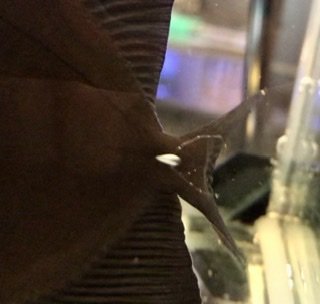
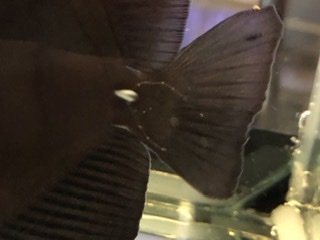
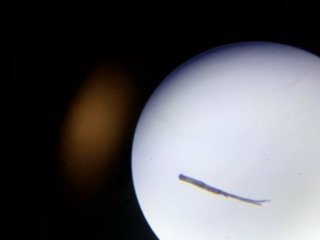
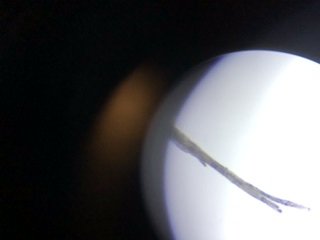
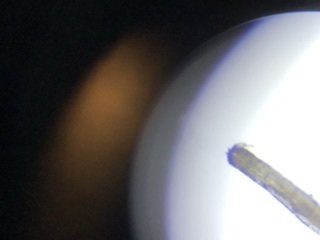
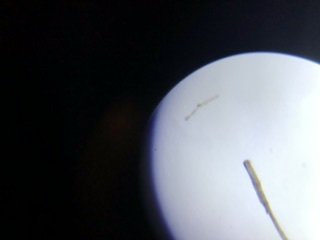
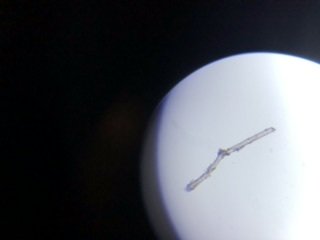
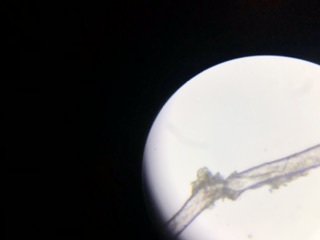
My husband who is a scientist, but not in marine stuff thought it looked like some kind of a flagellate Anyone have any ideas? The fish also keeps twitching.



























